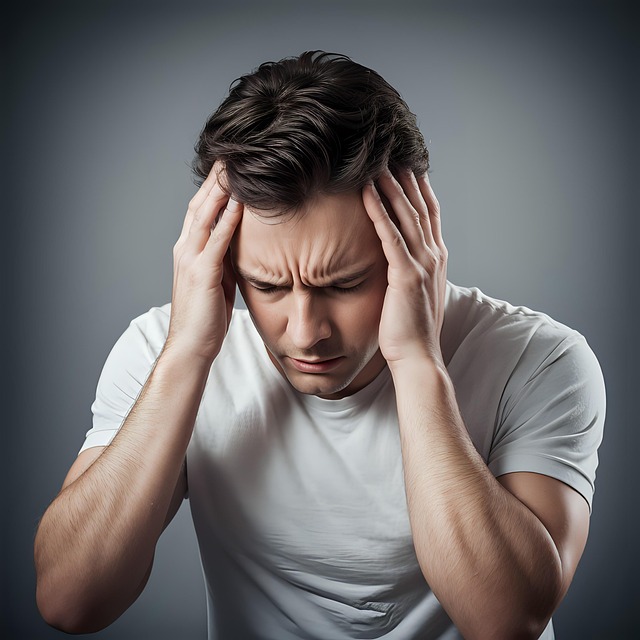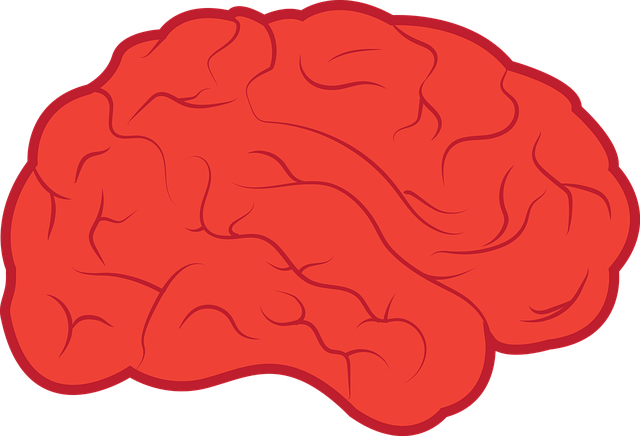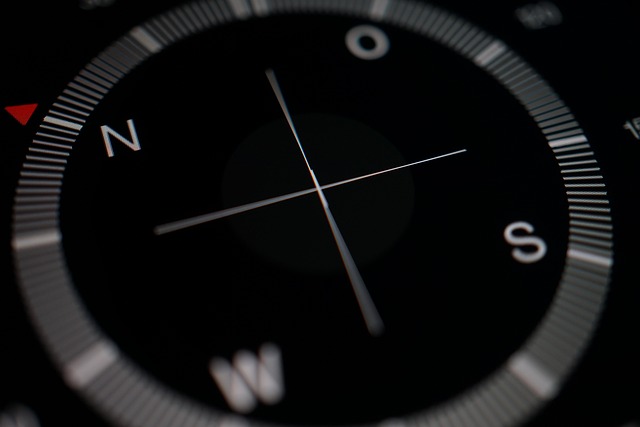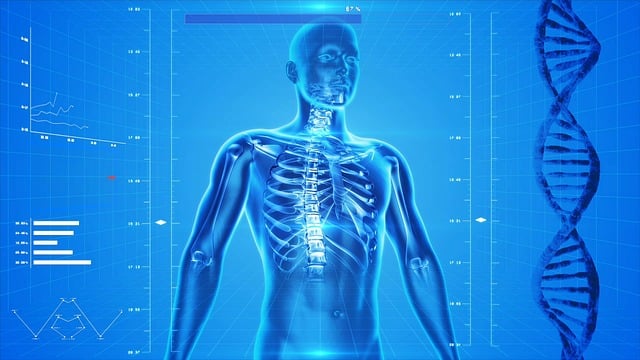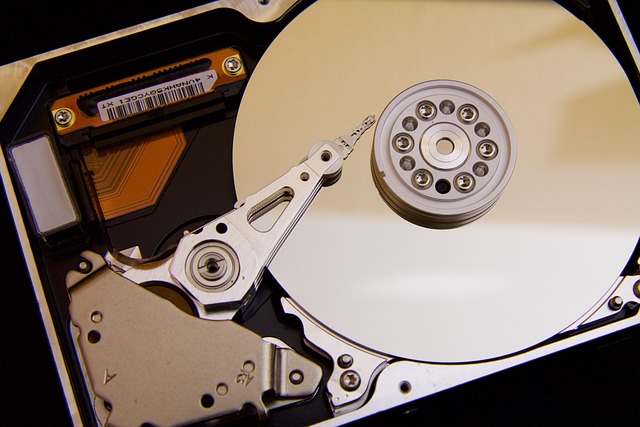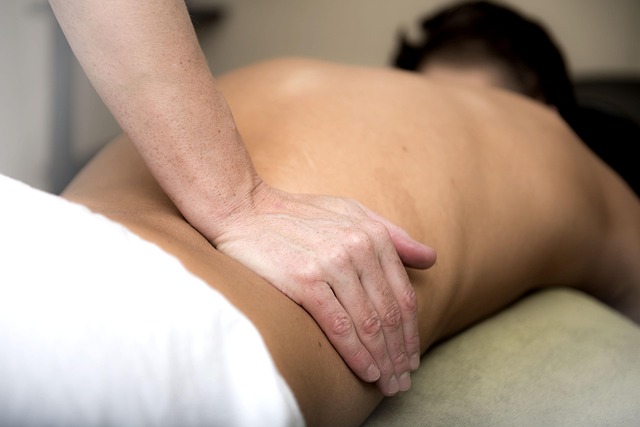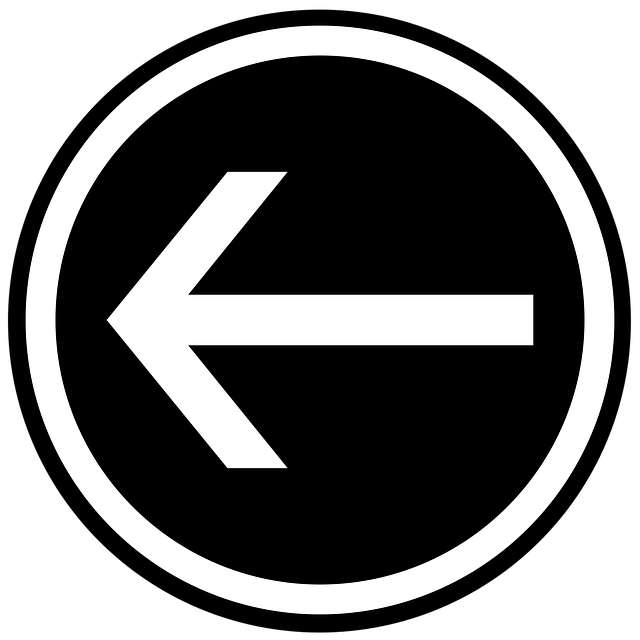Motor vehicle accidents often lead to back and neck spasms, causing discomfort and limiting daily activities. Chiropractic support is an effective, non-invasive treatment using manual adjustments, soft tissue therapy, and exercise recommendations to reduce inflammation, restore range of motion, and prevent chronic conditions. Combining chiropractic care with self-care strategies like staying active, heat/ice packs, good posture, and stress management techniques offers a holistic approach to recovering from accident-related muscle spasms.
Back and neck spasm management is crucial after a motor vehicle accident, where muscle spasms can cause significant discomfort and impair mobility. This article delves into effective strategies to alleviate these symptoms. We explore the role of chiropractic care as an evidence-based approach for motor vehicle accident-related muscle spasms, offering relief and restoring function. Additionally, discover self-care techniques to complement chiropractic support, ensuring a holistic path to recovery. Understanding these methods empowers individuals to navigate their journey towards reduced spasms and improved well-being.
- Understanding Back and Neck Spasms After a Motor Vehicle Accident
- Chiropractic Care as an Effective Management Approach
- Self-Care Strategies to Complement Chiropractic Support
Understanding Back and Neck Spasms After a Motor Vehicle Accident

Back and neck spasms after a motor vehicle accident are common, affecting many individuals who experience such incidents. The sudden jolt and impact can cause muscles in the spine to tighten and spasm, leading to intense pain and discomfort. These spasms often manifest as sharp, sudden contractions that can be extremely painful and limiting, affecting mobility and daily activities. Chiropractic support for motor vehicle accident-related muscle spasms has proven effective in managing this condition.
Chiropractors are trained to assess and treat muscle spasms and associated pain stemming from whiplash or other injuries sustained during accidents. They employ various techniques, including manual adjustments, soft tissue therapy, and exercise recommendations, to reduce inflammation, alleviate tension, and restore range of motion. Chiropractic care can help individuals manage acute spasms and prevent chronic conditions from developing after a motor vehicle accident.
Chiropractic Care as an Effective Management Approach
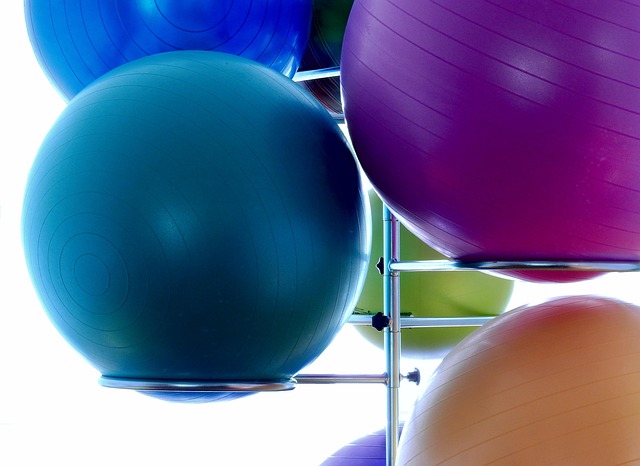
Chiropractic care has established itself as an effective management approach for back and neck spasm, especially in cases related to motor vehicle accidents. Chiropractors utilise a variety of techniques, including manual adjustments and targeted exercises, to alleviate muscle tension and restore joint mobility. This holistic approach not only provides immediate relief but also focuses on preventing future spasms by addressing the underlying causes.
One of the key benefits of chiropractic support for motor vehicle accident-related muscle spasms is its non-invasive nature. Unlike other treatments that may involve medications or surgery, chiropractic manipulation is a safe and effective way to manage pain and improve function without relying on harmful side effects or complex procedures. This makes it an attractive option for individuals looking for natural solutions to their post-accident musculoskeletal issues.
Self-Care Strategies to Complement Chiropractic Support

When managing back and neck spasm after a motor vehicle accident, chiropractic support is often a key component in alleviating pain and promoting healing. However, for comprehensive care, it’s crucial to incorporate self-care strategies into your routine. One effective method is staying active within your comfort level; gentle exercises like walking or yoga can help improve circulation and reduce muscle tension.
Additionally, applying heat or ice packs can provide relief from spasms and inflammation. Maintaining good posture while sitting and sleeping ensures that pressure on your spine is minimized. Stress management techniques, such as meditation or deep breathing exercises, are also beneficial, as stress can exacerbate muscle spasms. Remember, these self-care practices complement chiropractic support for motor vehicle accident-related muscle spasms, contributing to a more holistic recovery process.
Back and neck spasm management after a motor vehicle accident requires a multifaceted approach. While understanding the root cause, such as those stemming from accidents, is crucial, combining chiropractic care with self-care strategies offers the most effective solution for long-term relief. Chiropractic support for motor vehicle accident-related muscle spasms has proven to be a game-changer, offering gentle adjustments to alleviate pain and restore mobility. By adopting these techniques alongside recommended self-care practices, individuals can efficiently navigate recovery and bid farewell to persistent spasms.
